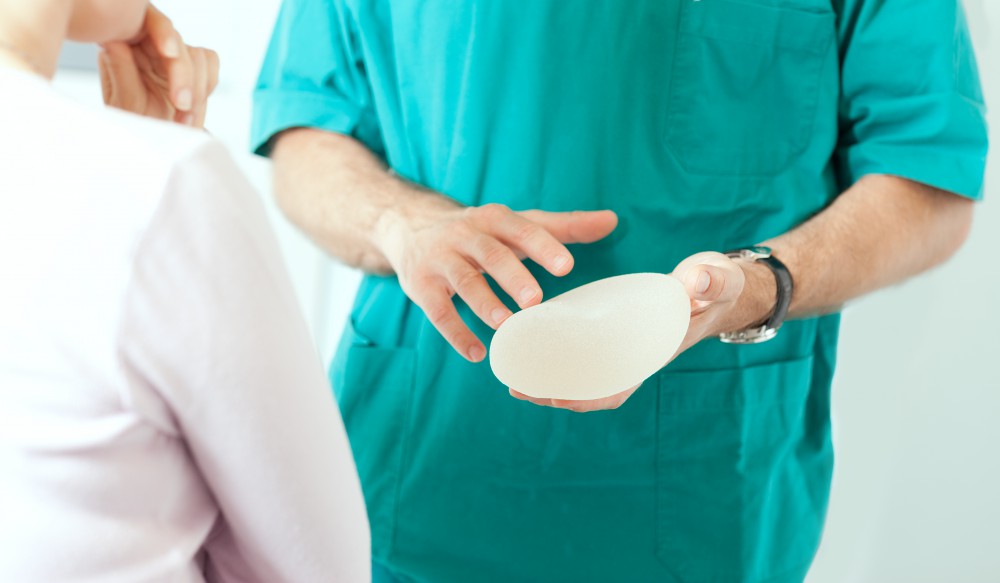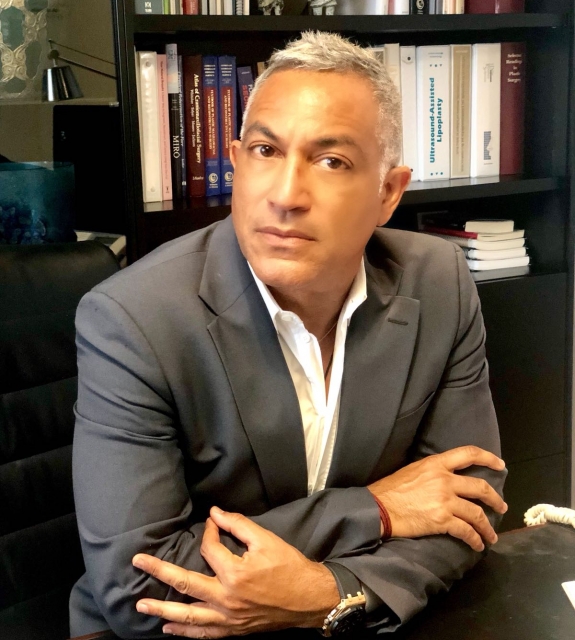What is BIA-ALCL?
Breast implant-associated anaplastic large cell lymphoma, also referred to as BIA-ALCL, is a rare but highly treatable type of T-cell lymphoma that can develop when breast implants are used. It is not a cancer of breast tissue. It typically occurs in patients who receive breast implants with a textured surface.
Is BIA-ALCL similar to other types of ALCL?
On an annual basis, 1,400 patients are diagnosed with ALCL (anaplastic large cell lymphoma). BIA-ALCL was first recognized by the World Health Organization in 2016. It differs from primary lymphoma of the breast which is predominantly a B-cell lymphoma with an incidence of approximately 1:4 million. This type of lymphoma differs from other types of lymphoma that originate in the lymph nodes/bloodstream.
What types of implants are involved?
It typically occurs in patients who receive breast implants with a textured surface. This may be related to an increase in surface area when textured implants are used but the exact cause is unknown. Approximately 550,000 total breast implants are placed in the U.S. per year of which approximately 70,000 are textured breast implants (12.7%).
How frequent is it?
It is estimated that the lifetime risk of having BIA-ALCL is 1:3817 - 1:30,000 women when textured implants are used. As of March 18, 2019, the American Society of Plastic Surgeons confirmed 270 cases in the United States per reports to the Patient Registry and Outcomes For breast Implants and anaplastic large cell Lymphoma Etiology and Epidemiology (PROFILE) Registry, and 688 cases of ALCL exist worldwide to date.
How do I know If I have developed ALCL?
Although rare, in most cases, the patient presents with fluid collection known as a seroma that is persistent around an implant. Other symptoms may include fever, night sweats, skin rash or the appearance of a mass.
How is ALCL diagnosed?
Diagnosis is confirmed using ultrasound‐guided needle sampling of the fluid surrounding an implant, which is subsequently evaluated using studies for cell markers specific for large anaplastic T-cell lymphocytes. Following a positive diagnosis, PET-CT (Positron emission tomography–computed tomography) is done. Mammograms are not typically used for the diagnosis of BIA-ALCL.
What does treatment for ALCL involve?
Treatment for BIA-ALCL involves surgical removal of the implant and surrounding scar tissue capsule. Patients who are diagnosed with an advanced form of the disease may require additional treatment with chemotherapy and/or radiotherapy. Treatment should be done in collaboration with and oncological breast surgeon and an oncologist specializing in lymphoma. Treatment approach should follow international guidelines established by the National Comprehensive Cancer Network (NCCN) for BIA-ALCL, available at nccn.org. With proper treatment, 93% of patients are disease free at 3 year follow up.
Can it come back after treatment?
If the breast capsule has not been completely removed, both recurrence and lower survival have been reported.
How long should I continue to see my surgeon for after receiving treatment for ALCL?
It is vital that patients receive continued follow up with their plastic surgeon for at several years after removal of the implant. Patients should report any unexpected changes in breast shape and symmetry, the appearance of new lumps or fluid collections, and development of new onset pain. For patients who have received textured implants, patients should continue to follow up for up to eight to ten years.
What is the Food and Drug Administration’s (FDA) stance on ALCL?
As of February 6, 2019, the FDA acknowledges that the exact number of BIA-ALCL cases is unclear but 660 medical device reports (MDR) have been submitted to the FDA Manufacturer and User Facility Device Experience (MAUDE) database as of September 30, 2018. Per their assessment, the FDA has identified 457 cases that meet the criteria for BIA-ALCL. Of these cases, 433 involved textured implants and 24 involved smooth implants regardless of whether implants were silicone or saline implants.
Have there been any deaths from ALCL?
Nine deaths have been reported by the FDA. Worldwide there have been 17 deaths from BIA-ALCL reported. Fourteen patients died from spread of the cancer into the chest wall causing respiratory failure. Two deaths resulted from stem cell transplants, and one patient from the development of a second unrelated lymphoma. and 14 patients died from direct extension of the cancer into their chest wall, ultimately expiring from respiratory failure. It has been confirmed that these deaths occurred because of incomplete surgical excision, delayed diagnosis, and lack of targeted therapy.
Will I get ALCL?
The incidence of ALCL is very low given the number of patients who receive implants on an annual basis. With that said, patients are encouraged to discuss the risks and benefits of using textured versus smooth implants with their plastic surgeon.
Written by Ahmed Ibrahim, MD, PhD and Samuel J. Lin, MD, FACS
For more information, visit Dr. Samuel Lin's social media:

























